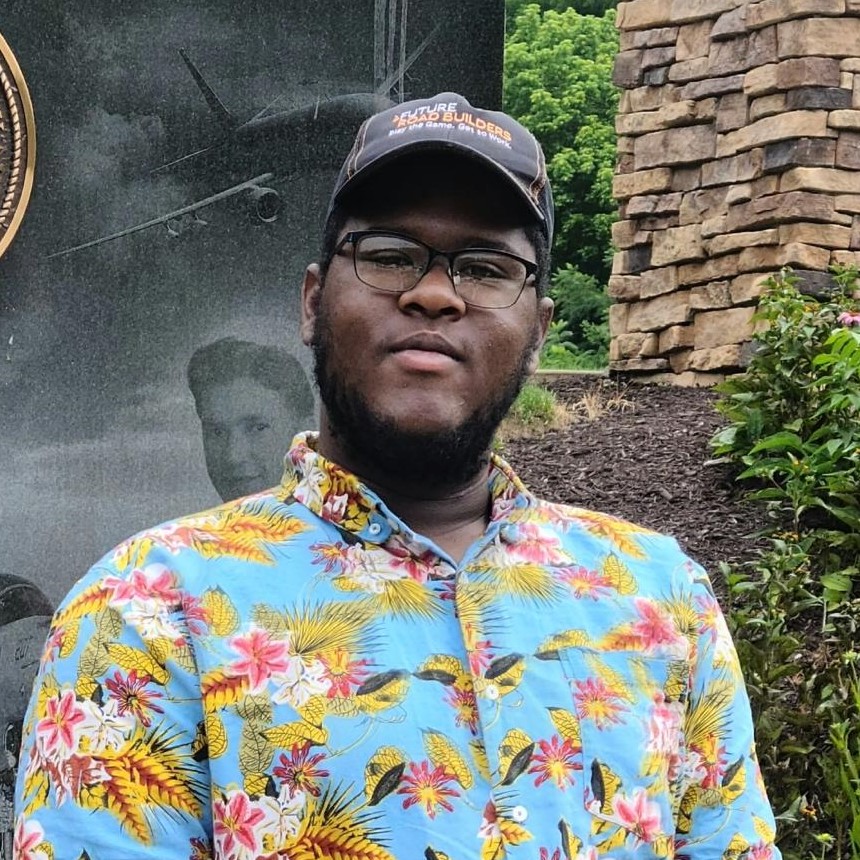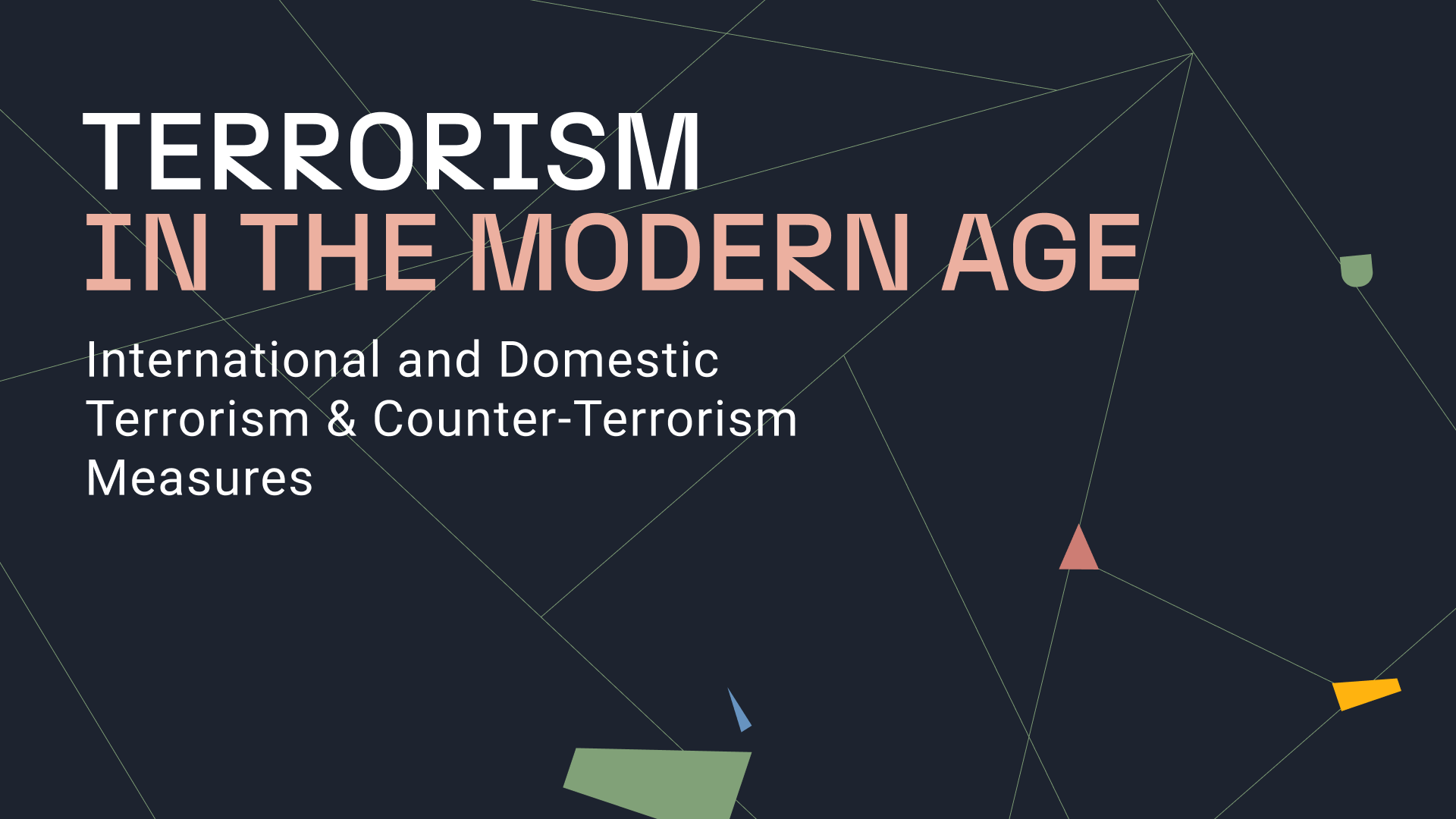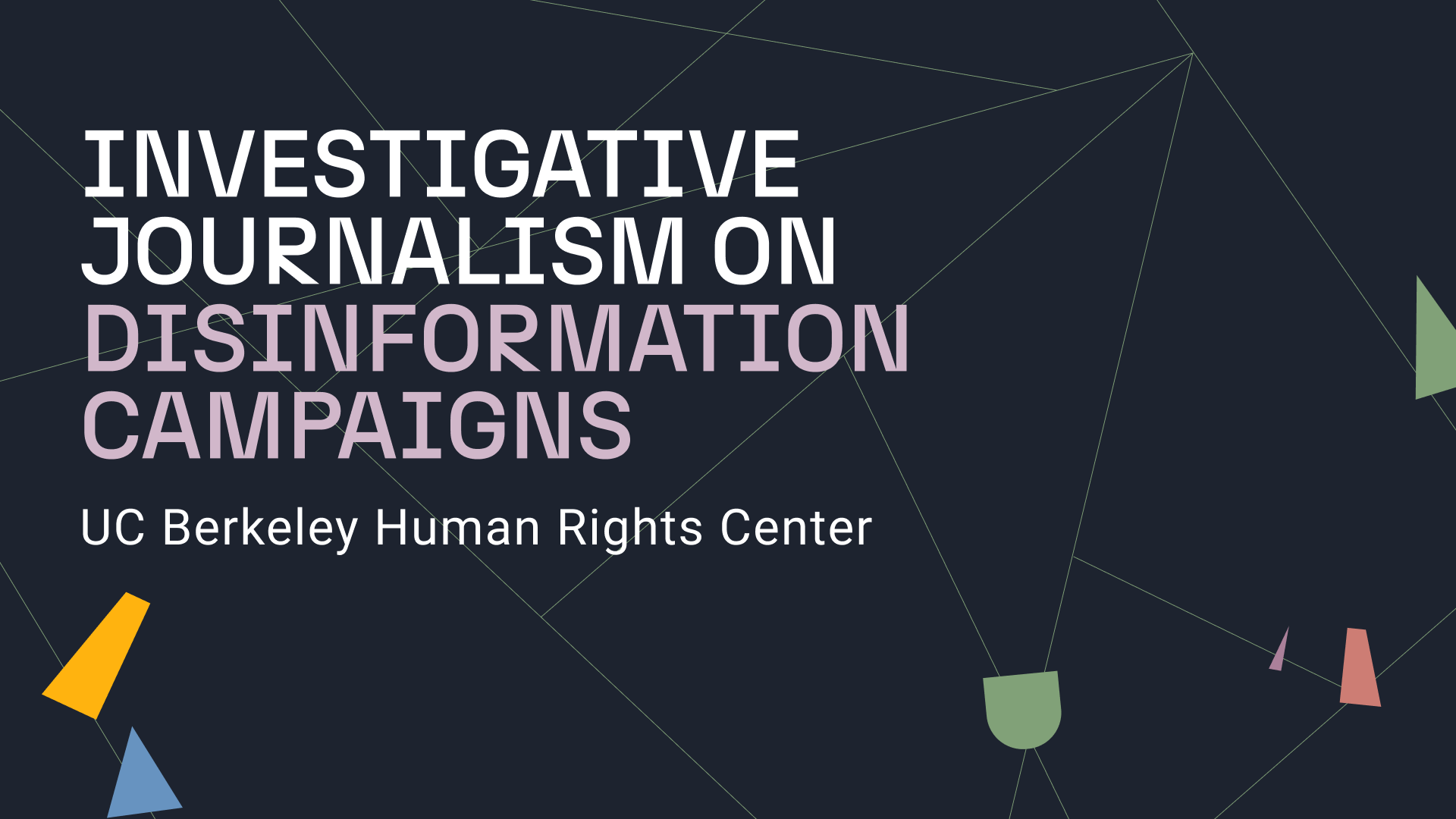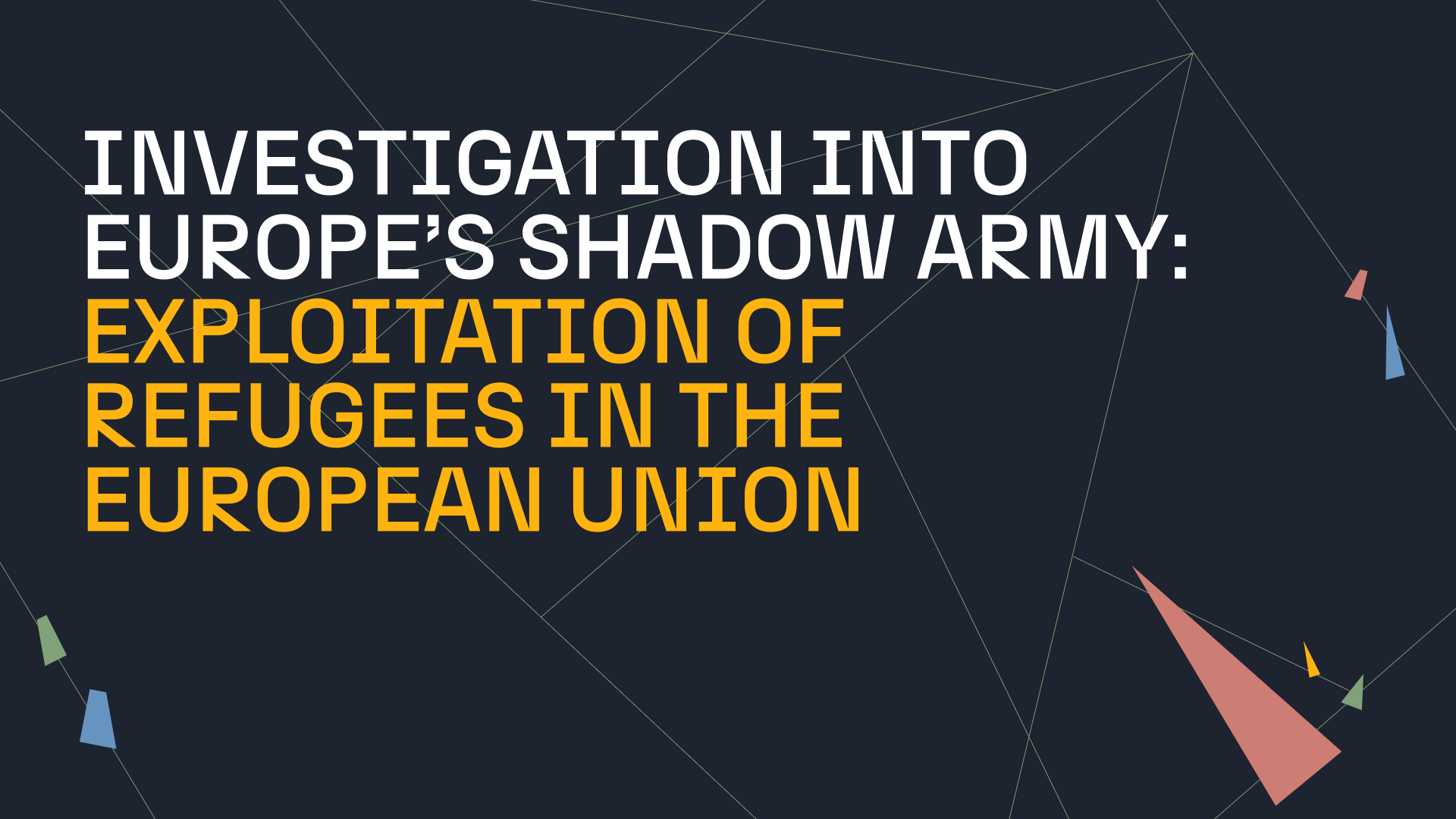Abstract 🔗︎
Terrorism is a significant global concern that afflicts many nations, particularly those under the superpower banner. Terrorism manifests at two significant levels, international and domestic. Domestic terrorism is the illicit or threatened application of violence or force by an individual or group operating and based solely within a country’s territory without foreign influence committed against property or people to coerce or intimidate the civilian populace, government, or other parties in furtherance of social or political agendas. For instance, in the US, domestic terrorism and extremism involve the Ku Klux and “Boogaloo” movements. In contrast, international terrorism occurs globally and alludes to terror activities directed towards a nation from global terrorism organizations, such as the Islamic State of Iraq and Syria (ISIS). Counter-terrorism incorporates strategic approaches that often incorporate multiple goals managing various chronological phases in developing acts of terror. Among the objectives is providing support and opportunities to persons engaged in “violent extremism and radicalization that leads to terrorism,” (VERLT) to reject the ideologies and opt for a better life.
Keywords: Terrorism, Counter-Terrorism, Violent extremism, Ideologies
Key findings 🔗︎
Introduction 🔗︎
Terrorism was a term applied in referencing a “reign of terror.” However, the word’s use and definition evolved through time and attracted different perspectives in its meaning. The most recent outlook of terrorism can be broadly comprehended as a coercion technique that applies or threatens to engage in violence to create fear for pursuing ideological or political agendas. The attack instigates and spreads fear. The violence is unexpected and directed against innocent victims, which puts pressure on governments or other third parties to modify their position or policy. Acts of Terrorism can occur at the international and domestic levels. Modern terrorists use various violent forms and indiscriminately target military resources, civilians, and government officials. Some of the renowned terrorism acts have been directed toward countries considered as global superpowers, particularly the US. Since the infamous 2001 September 11 terrorist attack, there has been enhanced global support for effective counter-terrorism responses and strategies, which instigated significant universal coordination on counter-terrorism issues. Also, these measures culminated in the adoption of stringent approaches to the conviction of terrorists. Al Qaeda, ISIS, and Al Shabab constitute some of the notorious terrorist groups globally. With necessary legal criteria such as when the violence threshold is exceeded, military response to terrorism may be entirely appropriate. Often, it is surprising that states’ use of armed force in combatting terrorism must adhere to international humanitarian laws in the handling and conviction of captured non-state violent aggressors. These are some factors that make the terrorism and counter-terrorism landscape significantly complex. In this essay, the purpose is to highlight terrorism, concerning the US, at the international and domestic levels and the counter-terrorism measures.
International Terrorism 🔗︎
The United States, among other actors within the international sphere, has long experienced terrorism acts that threaten to derail its national security. The emergence of terrorist organizations continues to cause havoc within and outside the United States boundaries. Most of these terrorism resurgences have come from the Middle East (Nesi, 2016). Countries such as Syria, Iraq, Afghanistan, and Yemen highlight some of the countries where these acts of terrorism originate. Others include Libya and Somalia from in Africa. Violent extremist groups such as al-Qaida continue to launch major attacks in many countries in the international arena (Nesi, 2016). Led by their leader Ayman al-Zawahiri, the group has radicalized many youths to undertake terrorist acts. These terrorist groups have exploited the weak institutions within states to carry out their attacks. Al-Shabaab, a branch of al-Qaeda, has destabilized many countries with constant attacks. In a recent attack by al-Shabaab in Somali, the group claimed responsibility for a suicide bomb attack in a Daallo Airlines flight that led to the attacker’s death. The bomb, however, failed to destroy the airline as intended. Acts of suicidal bombings are a tactic embraced by these terrorism groups (Nesi, 2016). Death is something that embraced its followers.
The formation of the Islamic State of Iraq and Syria (ISIS) are some of the strides that the terrorist groups have made to have an institution to coordinate and plan their attacks (Nesi, 2016). In a campaign to neutralize their operations, the United States destroyed caliphates in Iraq and Syria. Further military operations resulted in the killing of the self-proclaimed caliph of ISIS, Abu Bakr. The American government also played a critical role in dismantling the terrorist networks. Terrorism is detrimental to the operations in the international system, such as trade (Nesi, 2016). Various endeavors to bring peace and stability continue as the United States spearheaded a high-level diplomatic discussion on Hizballah. Hizballah is a terrorist group based in Lebanon but conducts its operations globally. The United States has disrupted and destabilized Hizballah’s financial base to cripple its operations. The National Strategy for Counterterrorism is but a strategy released by the United States to combat ISIS, al Qa’ida, and other Iran-backed groups such as Hizballah. The various channels outlined among the strategies to be used military intelligence, law enforcement agencies, and diplomatic engagements, among other strategies. Nonetheless, every actor within the international sphere has a role to play (Nesi, 2016). Most states take concerted efforts to regulate international borders to curb terrorism.
Technologies have facilitated terrorism operations globally (Nesi, 2016). The availability of drones and encrypted communications have hampered counter-terrorism operations. Terrorist groups have used social media to carry out their recruitments. They have also communicated effectively over long distances to plan and strategize their subsequent attacks. Terrorist groups have created untraced bank accounts to send and receive finances for their operations. Established institutions such as the United Nations Security Council play a vital role in maintaining international peace and security (Nesi, 2016). In collaboration with the United States, the African Union Mission in Somalia (AMISOM) increased their bilateral cooperation to exert more pressure on as-Shabaab to flush the group from Somaliland. These types of engagements are essential to curtailing terrorist activities effectively. Like in Somalia, the Boko Haram in Nigeria has left traces of destruction in many parts of Nigeria and its neighbors. This insurgent group has devastated many governments in West Africa. Countries within the international system still need to do a lot to ensure peace and security. Every state thus needs to strengthen its borders to restrict the movement of these groups into the countries.
Domestic Terrorism 🔗︎
US Domestic terrorism is the illicit or threatened application of violence or force by an individual or group operating and based solely within the US territory without foreign influence committed against assets or persons to pressurize or intimidate the civilian populace, government, or other parties in furtherance of social or political agendas (Federal Bureau of Investigation, 2005). For over two decades, the US focus on terrorism has been on international terrorism, particularly from global Jihadist groups and their ever-increasing supporters (Martin, 2019). However, the country is deeply divided with a polarized political system. The US’s legal security systems are experiencing challenges in isolating local violent extremists without creating political martyrs or turning half the nation into arch enemies. The campaign against domestic extremist groups requires a different approach from international jihadist extremist groups. The limiting factor arises from the perspective that local political extremists hold a possible constituency. Significantly the motivating beliefs for US domestic terror groups, notably the far right, are embedded deeply into American society. More so, they reflect an aversion to what some observe as an oppressive federal government. Law enforcement institutions can hardly get informants from these communities, making it challenging to acquire insightful tips to thwart their activities.
Notably, some of the domestic terrorism and extremism in the US have involved the Ku Klux and “Boogaloo” movements. For instance, on 2020 June 3, federal authorities apprehended three affiliated boogaloo members for possessing an “Improvised Incendiary Device” (IID) and conspiring to initiate violence in Las Vegas (Jones et al., 2020). Also, law enforcement officers arrested Ku Klux member Harry H. Rogers less than a week after the boogaloo members’ incident. Rogers drove a vehicle into a group of peaceful protesters (Jones et al., 2020). A significant concern is that most extremist groups exploit social media flooding it with plenty of violent incitements, disinformation, and conspiracy theories that may evoke an adverse public reaction. Remarkably, the right-winged extremists admire and embrace organization tactics that foreign terror groups deploy. For instance, a 2019 June online post from an “Atomwaffen Division” (AWD) member highlighted their admiration for the insurgency and martyrdom culture that the ISIS and Taliban groups practiced (Jones et al., 2020). They went ahead to express them as the way to go for domestic terror activities. Moreover, these groups adopt and operationalize under a decentralized structure, with individuals rather than the group executing the threats. A good illustration is from Louis Beam, a white supremacist and anti-government activist who advocated for a “leaderless resistance” organizational structure targeting the US government (Jones et al., 2020). On the other hand, left-wing terrorism has a decentralized combination of actors. Some anarchists oppose capitalism, the centralized government and often plot and attack globalization, capitalists, and government targets. The group’s animal rights and environmental segments, such as the Animal Liberation Front and Earth Liberation Front, execute small-scale terrorism against trades that they observe as exploiting the environment.
Significantly, most of the local extremists’ acts in the US are from far-right terrorism. Since 1994, their plots and attacks account for most terror incidences in the country, which have escalated in the last six years (Jones et al., 2020). In 2019, right-winged terror activities accounted for two-thirds of the domestic extremist attacks, while between 2020, January 1, and May 8, 90 percent of the recorded cases involved the group (Jones et al., 2020). The rate of domestic terrorism in the US often escalates during the electioneering period, particularly as the far-left and far-right networks tend to have ideological differences that they express through the use of violence, as was evident with the 2020 US presidential election.
Countering Terrorism 🔗︎
The organization of acts of terrorism requires extensive planning, including the recruitment of sympathizers, sourcing for funds and weapons, access to vulnerable targets, and the unimpeded transportation of weapons and personnel. The effective countering of terrorism mandates a strategic and comprehensive approach, dependent on a broad range of measures and policies. Counter-terrorism strategies often encompass multiple objectives managing various chronological phases in terrorism’s occurrence. Among the objectives is the provision of support and opportunities to persons engaged or on the road to “violent extremism and radicalization that leads to terrorism,” (VERLT) to disengage (Organization for Security and Co-operation in Europe, 2014). A nation’s response to VERLT’s threat must be proportionate and evidence-based to avert the public’s loss of support and trust and avoid victimization and other unintended corroboration forms of terrorist narratives. More so, these actions must go beyond the repressive actions concentrated on pursuing terrorists, limiting their material capabilities, and foiling their plans (Organization for Security and Co-operation in Europe, 2014). Currently, countries recognize the need to manage several economic, Sociopolitical, and other considerations, such as violent extremism and separatism, which engender circumstances that empower terrorist organizations recruitments and garner support. Countering terrorism through managing VERLT necessitates effective criminal justice response to terrorism inciters and recruiters and multi-disciplinary inputs to mitigate terrorism-conducive conditions.
Further, addressing terrorism requires legitimacy, trust, and accountability in counter-terrorism. The trust, legitimacy of, and effectiveness of a nation’s counter-terrorism action get undermined if the government, through its law enforcement agencies, applies its power to contravene the international human rights standards. Significantly, the lack of effective accountability exacerbates the situation allowing state agents’ impunity for illicit counter-terrorism mechanisms. As with any civil authorities’ action in a democratic nation, counter-terrorism measures and policies must be accountable; that is, various oversight institutions can openly scrutinize their action. Ineffective counter-terrorism measures and policies’ accountability and oversight enhance their counterproductive risk through human rights violation; thus, facilitating VERLT (Organization for Security and Co-operation in Europe, 2014). Besides, it undermines public belief in the civil authorities’ counter-terrorism engagements and their readiness to support these instituted measures actively. The police’s fundamental capacity in countering terrorism places considerable weight on the need to hold them accountable for their deeds to ascertain the public’s support, trust, confidence, and legitimacy (Organization for Security and Co-operation in Europe, 2014). All law enforcement agents are bound by the law and must be held responsible for the infringement. The public and the police benefit from effective police accountability and oversight mechanisms. They ensure significant objectivity when addressing complaints against law enforcers, raising public confidence in the agents. It also protects individual police agents by ensuring due procedure in the complaints’ inquiries against them.
Finally, community-based approaches constitute other viable mechanisms of countering terrorism. These are vital in addressing domestic terrorism and VERLT. Several states are now attempting to improve resource allocation and enhance their counter-terrorism actions’ effectiveness. Concisely, communities have increasingly developed as a focal point in the formulation and execution of counter-terrorism policies (Federal Bureau of Investigation, 2005). The community-focused approaches depend on the outlook that a community’s security closely relates to its resilience and cohesion degree. Community resilience is a community’s capability to respond to, recover, and withstand an array of adverse occurrences, whether individual-based or natural. Hence, national counter-terrorism policies at times strive to develop resilient communities, which discard terrorist and violent extremist propagandists and ideologies. In addition, they mobilize persons, groups, and citizens in society in counter terrorism goals’ support. Most states recognize that conventional counter-terrorism focused on creating technical resilience and that the current developments are highlighting their insufficiencies in fostering resilience at the ideas level to counteract terrorism and violent extremism’s appeal (Martin, 2019).
Conclusion 🔗︎
Incisively, effective counter-terrorism measures transcend the capturing and conviction of terrorists and violent extremists. The strategies require additional input, particularly on civic education and de-radicalization of convicted terror group members. Foremost, the government should ensure the youth are equipped with skills and knowledge to comprehend and oppose VERLT. They need to comprehend that terrorism and violent extremism do not solve conflicts and injustices that they undergo. Education programs may increase awareness of VERLT and encourage counter-narratives on human rights, democracy, and tolerance. Also, initiatives supporting de-radicalization should isolate and concentrate on youth who are seemingly motivated to alter voluntarily. Every youth requires involvement in a secure setting based on evaluating their needs and situations. Weaknesses in violent extremist leaders and their ideologies should be highlighted to generate doubt in the minds of the youth, to drive them further from these movements.
Altogether, terrorism and violent extremism can adversely impact any country. The visibility of the acts of terror in the US could be based on its concerted effort to tackle the vice. The nation experiences terror threats from international terrorist organizations, such as ISIS and Al Qaeda, thwarted since the devastating 9/11 attacks. At the domestic level, violent extremist groups constitute the far-right, such as the white supremacists, and far-left organizations, such as the Earth Liberation Front. They instigate threats and violence based on political and ideological differences. The nation has invested significantly in its counter-terrorism mechanisms that other countries may adopt, such as supporting civic education on terrorist groups and their ideologies, which have enabled young people to avert participation and recruitment into VERLT.
References 🔗︎
Federal Bureau of Investigation. (n.d.). Terrorism 2002-2005. U.S Department of Justice.
Jones, S. G., Doxsee, C., & Harrington, N. (2020, June). The Escalating Terrorism Problem in the United States. CSIS BRIEFS.
Martin, G. (2019). Essentials of terrorism: Concepts and controversies (Fifth ). SAGE Publications, Inc.
Nesi, G. (2016). International cooperation in counter-terrorism: The United Nations and regional organizations in the fight against terrorism (First). Routledge, Taylor & Francis Group.
Organization for Security and Co-operation in Europe. (2014). Preventing Terrorism and Countering Violent Extremism and Radicalization that Lead to Terrorism: A Community-Policing Approach. OSCE ODIHR.
About the Author 🔗︎
Kyrese Davis 🔗︎
Hello, my name is Kyrese Davis, and I am from Western PA. I have been studying Homeland & International Security for four years at PennWest California, previously known as the California University of Pennsylvania. I hope to one day fill a role involving protecting my country and its people.








